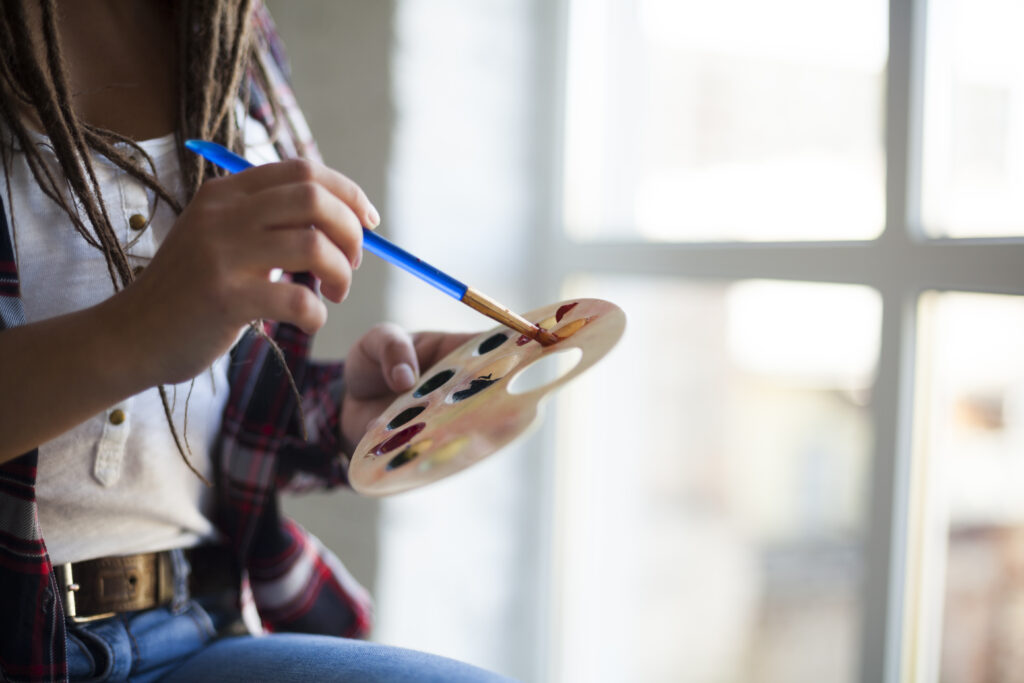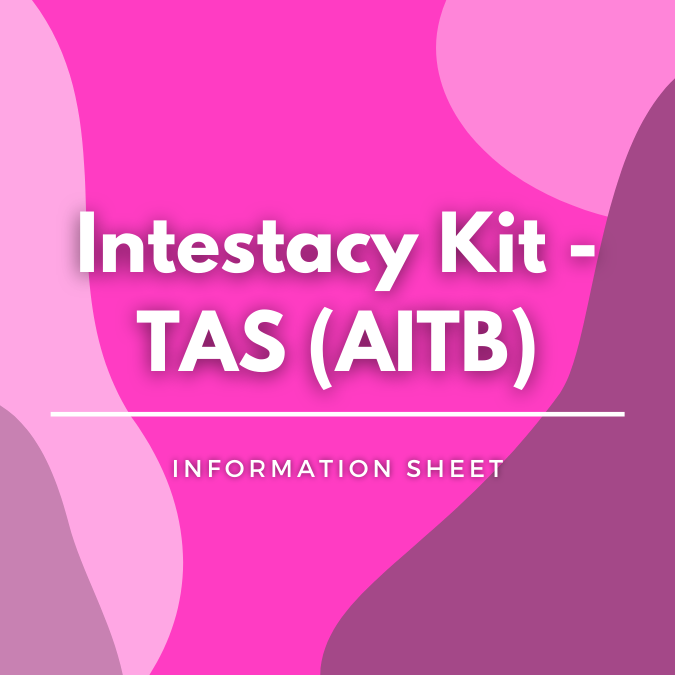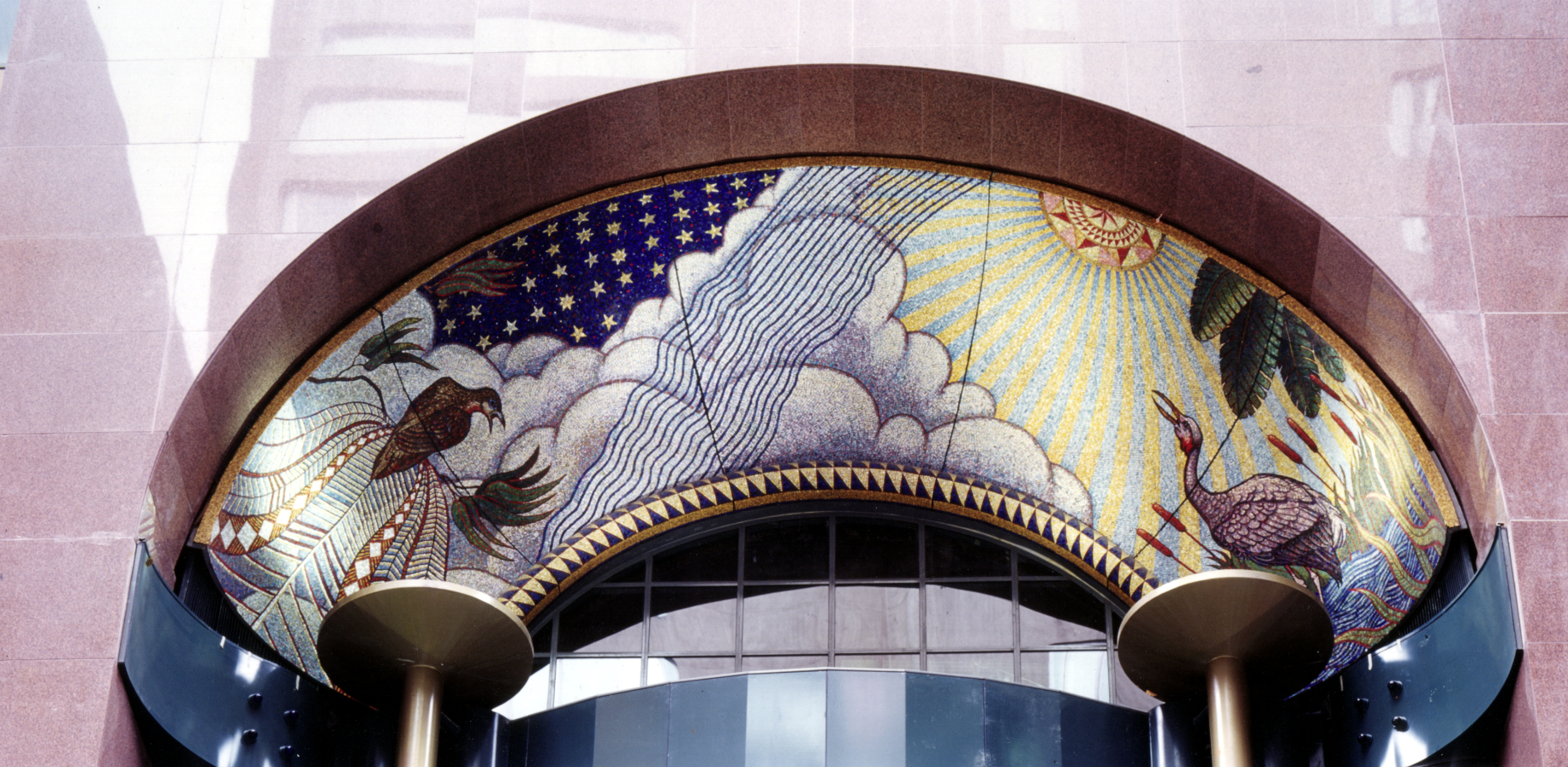PRIZE REVIEW: Royal Queensland Art Society Young Artist Award 2024

What was the rating?

Arts Law has awarded the Royal Queensland Art Society (RQAS) Young Artist Award 2024, 3 out of 5 stars.
How artist-friendly is this competition?
Overall, the competition’s terms are moderately artist-friendly, but could benefit from some improvements.
This competition has two age sections with prizes on offer as follows:
- Section 1 – Age 18-30 First Prize $1500
- Section 1 – Age 18-30 Second Prize $500
- Section 2 – Age 17 and under First Prize $500
This competition offers finalists a great chance to win a prize and also offer their artworks for sale (with a 33% commission going RQAS). The terms and conditions do not specify that the winning artworks will be acquired by RQAS, and so it seems likely this is a non-acquisitive competition because of the sales opportunities. Artists should see below regarding collection of artworks.
The finalists who compete for the prizes will be chosen by a selection committee viewing digital images and based on quality, relevance to brief, and gallery capacity. The judge will award the prize from the finalist exhibition. It is not clear who appoints the judge and the selection committee. It is not ideal for transparency that the selection committee and the judge are not identified in the terms and conditions. We are informed by the organisers that they will announce who the judge is when this is known.
A non-refundable $35 entry fee is required per artwork. Artists receive RQAS membership for 1 year with their entry. Artists can submit as many qualifying entries as they like but must pay the entry fee for each one.
The competition explicitly excludes artworks created with the assistance of generative artificial intelligence (Gen AI) and requires a declaration to that effect. There is also a term that the works won’t be displayed if they are considered to be ‘offensive or unsuitable’.
How do the copyright terms stack up?
| What is copyright? | Copyright is a bundle of rights that protect literary, artistic, musical and dramatic works (as well as films and sound recordings). These rights allow the owner of copyright to control the ways that a work is used. If you want to learn more, you can read Arts Law’s Information Sheet on Copyright here. |
- The artwork that wins will not become the property of RQAS. For all finalists, including the winners, there are no express terms about copyright in the artwork remaining with the artist, but it is implied.
- Artists should be aware that by entering they grant RQAS the right to document artworks for print and online promotional purposes. This is effectively a licence to make a copy for that purpose. It would be beneficial if RQAS specified how the artwork will be used for print and online promotional purposes, as this is capable of broad interpretation (probably intentionally so).
- While the reservation of rights is limited, ideally, it should include an end date, with a duration only as long as necessary for such promotions, such as the duration of the exhibition, especially since no licence fee is paid to the artist. The terms could also specify if the winners’ works are to be used to promote the prize itself up to promoting next year’s prizes.
- The terms and conditions acknowledge that the public may take photographs of the artwork and require the artist to agree that they will not hold RQAS responsible for photographs taken of their artwork. This term is important as it may limit the extent to which an artist may exercise and protect their exclusive right to copy their artwork to the public. This exclusive right includes, for instance, taking photographs of artworks and publishing them to online social media platforms. The practical implications of this term means that an artist will be unable to hold RQAS responsible for any infringement. Ideally RQAS would display clear notices (at the exhibition and online) regarding the copyright ownership of the artists and that any copying of the artwork would be a breach of that copyright.
- The terms and conditions state that promotion of the competition may be via online and print media. Artists should note that this may increase the chance of someone infringing their copyright. This is especially so, as it would be difficult to determine who has accessed or viewed artworks via these online and print channels.
Does the competition respect moral rights?
| What are moral rights? | Creators have moral rights when their work is used (i) to attribution, (ii) against false attribution, and (iii) to integrity, which means not having their work treated in a derogatory way. For more information, you can read Arts Law’s Information Sheet on Moral Rights here. |
The terms and conditions state that RQAS will make all efforts to acknowledge authorship but do not otherwise expressly deal with moral rights. As a consequence the protection afforded to moral rights under the Copyright Act continues to apply. This means that the artist must be credited and their name displayed in a reasonably prominent place wherever the artwork is shown. It also means that the artwork cannot be adapted or modified in any way which could be said to damage the artist’s reputation.
What about Indigenous Cultural and Intellectual Property?
| What is ICIP? | ICIP is a broad term that covers all of the rights that Indigenous people have, and want to have, to protect their traditional arts and culture (including writing, music, performances, paintings, languages, sacred sites, stories passed down orally, and other records of heritage). If you want to learn more, you can read Arts Law’s Information Sheet on ICIP here. |
There is no provision for ICIP notices if any works displayed contain ICIP. This may not be relevant to some or even many of the artworks.
Ideally the terms would require the artist to inform RQAS if there is any ICIP in the artwork and if so any display of the artwork (or of an image of the artwork) would be accompanied by an ICIP notice. The ICIP notice would acknowledge the inclusion of traditional ritual knowledge of a community, the consent from the custodians of that community to display of the artwork, and that dealing with any part of the work for any purpose that has not been authorised by the custodians is a serious breach of the customary laws of that community. The notice should also include contact details for enquiries regarding permitted uses of the work.
What about transport, risk and insurance for the artworks?
Artists whose works are chosen as finalist artworks must deliver the artworks at their own expense to the gallery in Brisbane in the specified timeframe (alternative arrangements can be made).
Finalists must collect their artwork, or arrange transportation at their own expense, but not before the end of the exhibition. Any artwork not collected within 3 months of the end of the exhibition will be disposed of at the discretion of the RQAS Management Committee. Theoretically this means they could sell it without giving the sale price to the artist but that seems unlikely. The artworks are more likely to be gifted away or destroyed.
RQAS takes no responsibility for loss, damage, risk or insurance and artworks are at the owner’s risk at all times even when on display in the exhibition gallery.
Other issues
- All artists warrant that they have not infringed other people’s rights. This means that non-original works could result in:
- The artwork being excluded from the competition.
- The artist being required to refund prize money if the winning artwork was later found not to be original.
- The artist potentially being liable to compensate RQAS for any actions that may be brought against it by a third party for infringement of copyright.
- All finalists’ artworks must remain for the duration of the exhibition and cannot be removed
- If there are any disputes between an entrant and the organisers, the terms do not specifically state that a third party may be appointed to help resolve the dispute. The terms seem to imply that this is possible, but if no specific ruling is laid down, the decision of the Selection Committee is final. The terms could be improved to clearly set out that a third party may be appointed to resolve any differences and specify the process for that to occur.
- The terms refer to sales of the art work and that the purchase may be by lay by. However they don’t state what happens if the lay by payment isn’t made in full. Is the money paid so far returned to the purchaser, or pro rata paid to the artist with a proportionate commission deducted?
What could they have done better?
- Recognition of ICIP.
- Make the judging process more transparent.
- Provide insurance for artworks during the term of the exhibition.
- Be more explicit about how long the licence to make copies for promotional purposes will last.
About
Arts Law regularly reviews the terms and conditions of competitions and rates them out of five stars. Our review looks broadly at the terms and conditions of a competition. In particular, we look closely at how a competition deals with an artist’s copyright and moral rights, and consider this in light of the prize. Artists should always take into account the possible profile-raising which may result from being a finalist or winner.
By accepting the terms and conditions of a competition, artists should be aware that they may be entering a legally binding contract.
For more information, see our free information sheet on competition conditions. Artists are welcome to contact Arts Law for legal advice on the terms of a competition. We also invite competition organisers to contact Arts Law for best practice assistance to make their terms and conditions fairer for artists.
Further Information
Further Information
Please email us at [email protected] to tell us about any competitions or prizes you think we should check.
See more about Arts Law’s campaign to improve competition terms and conditions in the Prizes and Competitions section.




